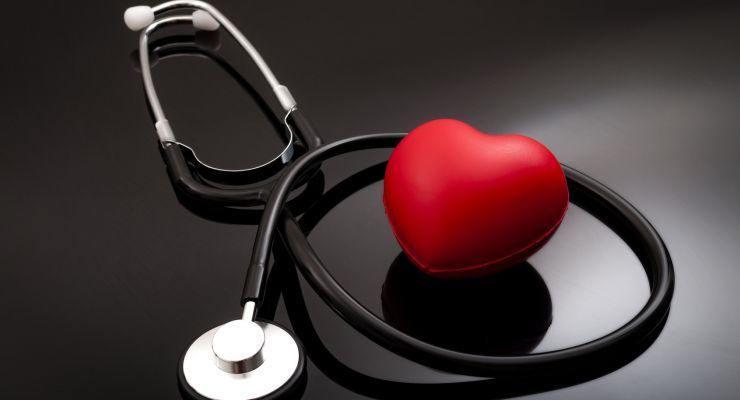One in three American adults has high blood pressure. Known as the silent killer because there are few warning signs, having high blood pressure increases your risk of heart disease and stroke. Risk factors for developing hypertension include obesity, excessive drinking, smoking and family history.
What is blood pressure?
As your heart beats, it sends blood to your body to provide oxygen and energy. When the blood moves, it is pushed against the sides of the blood vessels. The force of this pushing is what is called blood pressure. If your blood pressure is high, it puts an extra strain on your arteries and heart. This can lead to a heart attack or stroke.
What do the numbers in a blood pressure reading mean?
Blood pressure readings consist of two numbers. The first number or top number is called systolic blood pressure. This is the highest point that your pressure reaches when your heart beats. The second number or diastolic blood pressure is the lowest level that your blood reaches when your heart relaxes between beats. A reading of 120/80mmHg is considered good blood pressure. Anything above this is considered high and the higher it goes the greater the risk of a stroke or a heart attack.
What can I do to keep my blood pressure low?
As mentioned earlier, one of the best ways to manage blood pressure is to live a healthy life. Eating a diet rich in whole foods, keeping your weight within normal limits, not smoking, exercising and limiting your consumption of alcohol can all help to minimize your risk.
There are also a number of healthy foods that can not only help prevent high blood pressure but also help to lower it.
Flaxseed: According to a study published in the Journal of Hypertension, consuming flaxseed has been directly linked to a reduction in systolic and diastolic blood pressure. It is thought that flaxseed can help reduce blood pressure because of these compounds; alpha-linolenic acid, lignans, peptides, and fiber. Flaxseeds are easy to incorporate into a healthy diet. Try adding them to soups, salads, and smoothies as well as yogurt, rice, and in baking.
Chocolate: Good news for those of us who can’t seem to survive without our chocolate fix. Consuming dark chocolate or cocoa, rich in flavanols, has been linked to a reduction in both systolic and diastolic blood pressure in people with hypertension and pre-hypertension. It is important to remember moderation when consuming chocolate and only choose high-quality chocolate with no added ingredients and at least 75% cocoa for best results.
Beets: A study published in Nutrition Journal found that beets had a positive impact on the systolic blood pressure of healthy men and women. Beasts contain nitrates which cause the reduction. Eat fresh, organic beets at often as you can to help reduce blood pressure.
Pomegranate: Researchers from the United Kingdom found that consuming more than one cup of pure pomegranate juice per day for four weeks had a positive impact on both systolic and diastolic blood pressure. Th potassium and polyphenols found in pomegranate juice are most likely the reason for the reduction.
Hibiscus: This beautiful flower has properties in it including phenols, antioxidants, and anthocyanins that might help reduce blood pressure. A study found that drinking hibiscus tea three times a day had a positive impact on persons with borderline or just slightly elevated blood pressure.
Honey: An animal study published in the “Letters in Drug Design Discovery” found that honey had a protective impact against high blood pressure. Another study found that honey was capable of lowering systolic blood pressure. The author of The Healing Powers of Honey, Cal Orey notes that Honey owes its blood pressure lowering capabilities to oligosaccharides – a type of carbohydrate with powerful antioxidant properties. In addition, it is thought that the vitamins, probiotics, minerals, and enzymes that make it a very heart healthy food.
-Susan Patterson

